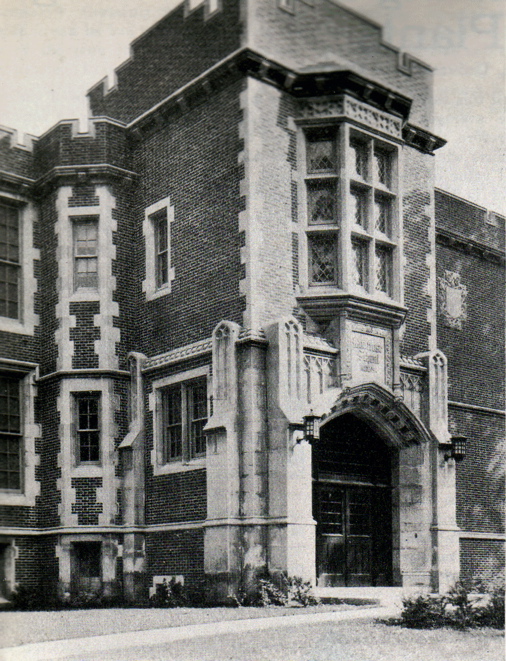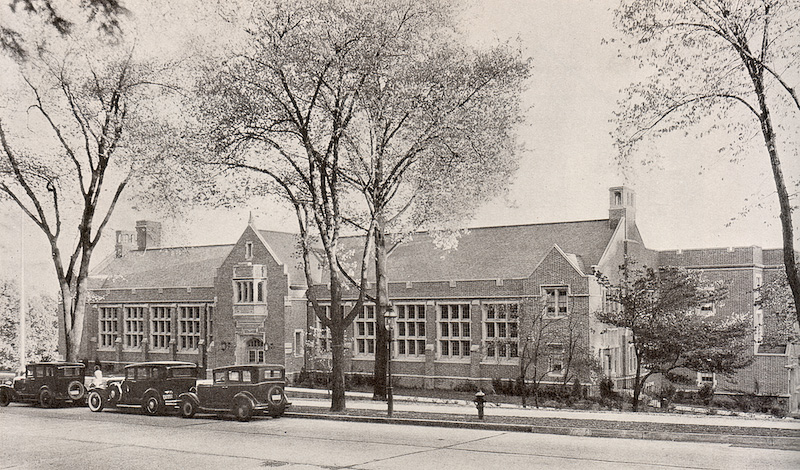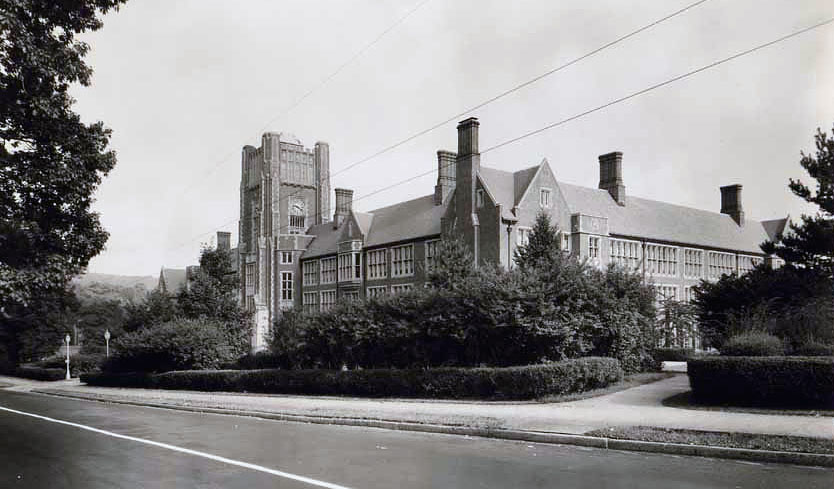The following article by JOB appeared in The American School Board Journal, January, 1926. In it, he outlines the unique structure of the SO/M school system, accompanied by photographs and floorplans of the four initial grade schools. His description is rather understated, considering how huge the project was; the district had essentially planned to build, over a 10 year period, roughly eleven school buildings. JOB designed them all.
New Grade School Buildings of South Orange and Maplewood, NJ
James O. Betelle of the Firm Guilbert and Betelle, Architects.
The Village of South Orange and the Township of Maplewood New Jersey are two separate municipalities. They are entirely independent of each other, but the direction of their educational affairs is vested in a single board of education. In this respect the situation is rather unique, but it has worked out to the advantage of all parties concerned.



